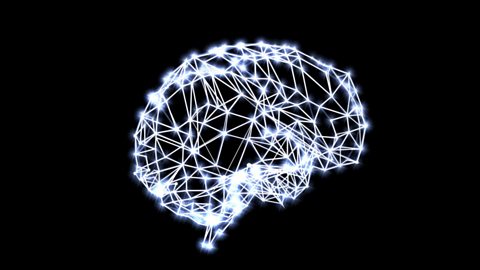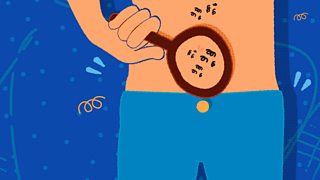Why adolescence is lasting twice as long as it did in the 1950s
5 January 2018
Children are hitting puberty earlier than ever before. Psychology professor Laurence Steinberg explained why to .
Plastic fantastic

Professor Laurence Steinberg
Prof. Laurence Steinberg explains the importance of brain plasticity during adolescence
Child to adult
Adolescence is the period of life between starting puberty and becoming stable, independent adults. But this time is being extended because children are beginning puberty earlier.
Adolescence is three times as long as it was in the 19th Century and it’s twice as long as it was in the 1950s.Professor Laurence Steinberg
According to Professor Steinberg, in the western world adolescence effectively runs from age 10 or so to about age 25.
attributed the lengthening of adolescence to several surprising factors.
Obesity
“The first and most important is obesity. We know that kids who are fatter go through puberty earlier than kids who are leaner,” he said.
Chemicals
“There are other factors as well. One has to do with the exposure of children to endocrine-disrupting chemicals in the man-made environment. These chemicals are not just in food, they’re in cosmetics, they’re in plastics, they’re in pesticides — they’re ubiquitous.”
“We know that when people are exposed to these endocrine disrupters it alters their hormonal development and many of these chemicals lead to earlier onset puberty, especially in girls.”
Light exposure
“The third factor that’s only been discovered fairly recently has to do with exposure to light.”

“It turns out that kids who grow up near the equator go through puberty earlier than kids who grow up near the north or south pole and that’s because, when you grow up near the equator, you have more exposure to sunlight over the course of your childhood years.”
And while that may not be of too much concern to parents in northern Europe, recent research suggests a final factor which applies to many children here.
“Scientists have discovered recently that the light that emanates from tablets or smartphones or computer screens can also affect the onset of puberty by disrupting the brain’s melatonin system.
“So as kids spend more and more time in front of these screens – especially in front of the blue light that’s emitted by many of these devices – that has probably contributed to earlier puberty as well.”
Brainwaves
-
![]()
In this episode of Brainwaves on The Adolescent Brain, Pennie Latin examines the relatively young field of teenage neurology.
Adolescent angst
-
![]()
Radio 1’s advice for girls going through puberty.
-
![]()
Radio 1’s advice for boys going through puberty.
-
![]()
Can changes to the brain explain why adolescence can be such a difficult period of our lives, or is it a manufactured cultural concept?
-
![]()
The spread of smartphones has come with increasing rates of depression in teenagers. Is time online a problem?
Latest features from ����ý Scotland
-
![]()
'Wild swimming helps me process the grief of losing my son'
The benefits of cold water therapy.
-
![]()
Winter adventures are appealing, but an expert advises caution
Trips in winter require particular knowledge and skills.
-
![]()
The rescuers: Why volunteers risk their lives in mountain emergencies
Landward meets members of the Cairngorm Mountain Rescue Team.
-
![]()
‘Look for the light’ – practical tips to help you through another winter with SAD
Useful advice and tips to combat low moods at this time of year.
-
![]()
How you could be a binge drinker without even knowing
Binge drinking is classed as fewer units than many people may realise.
-
![]()
How chocolate biscuits and drama classes helped one man leave prison behind
The healing power of creativity.
-
![]()
'When people believe in you, it’s life-changing'
Author Graeme Armstrong revisits the man who helped turn his life around.
-
![]()
The 'breath-taking' display of US birds swept on to British soil
Recent storms have brought rare birds to our shores.
-
![]()
Six things we learned about Alan Cumming on Take the Floor (Spoiler: includes accordions)
The actor spoke to Take the Floor's Gary Innes.
-
![]()
How street gangs trap young men in a dangerous cycle of violence
The almost inescapable pull of life in a gang.
-
![]()
Why stylist Gok Wan believes there's no such thing as bad fashion
The fashion expert says we should stop following rules and do what feels right.
-
![]()
Is sending a CV still the right way to apply for a job?
They've been central to job applications for years, but are they worth it?




















